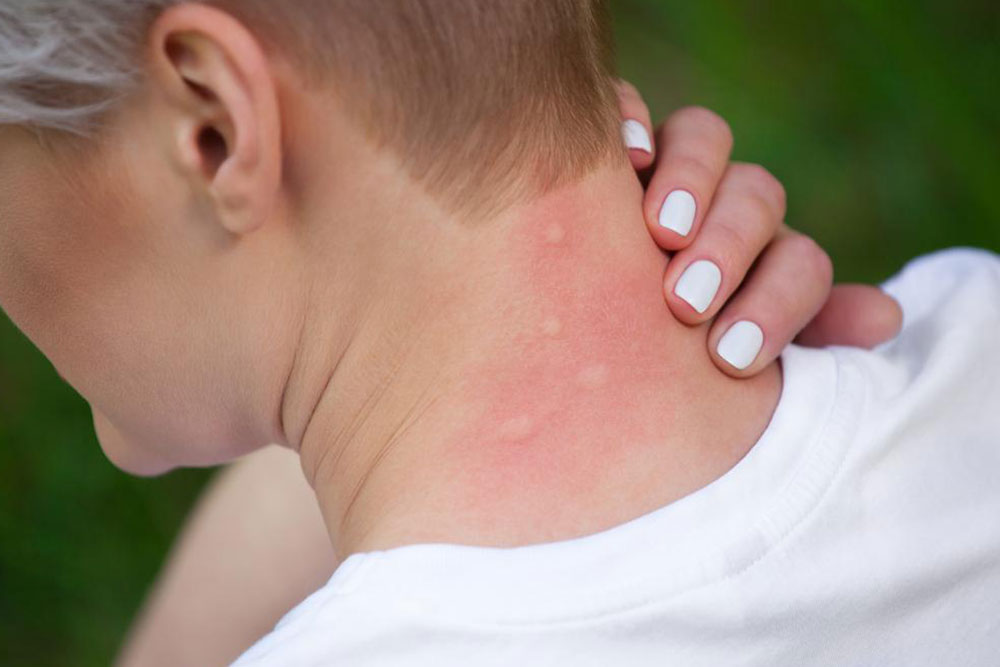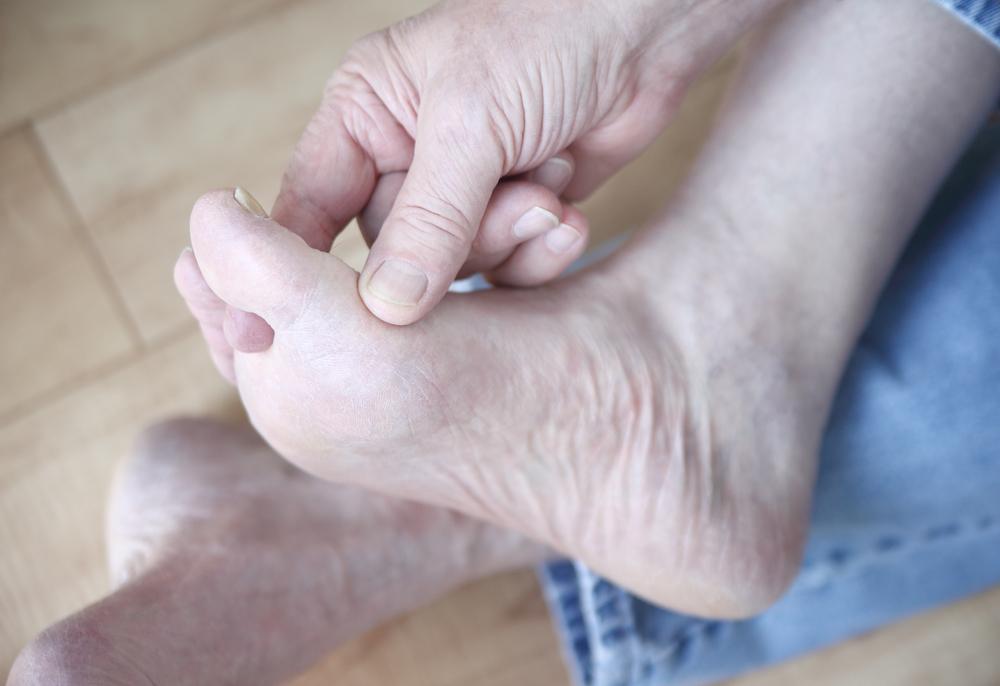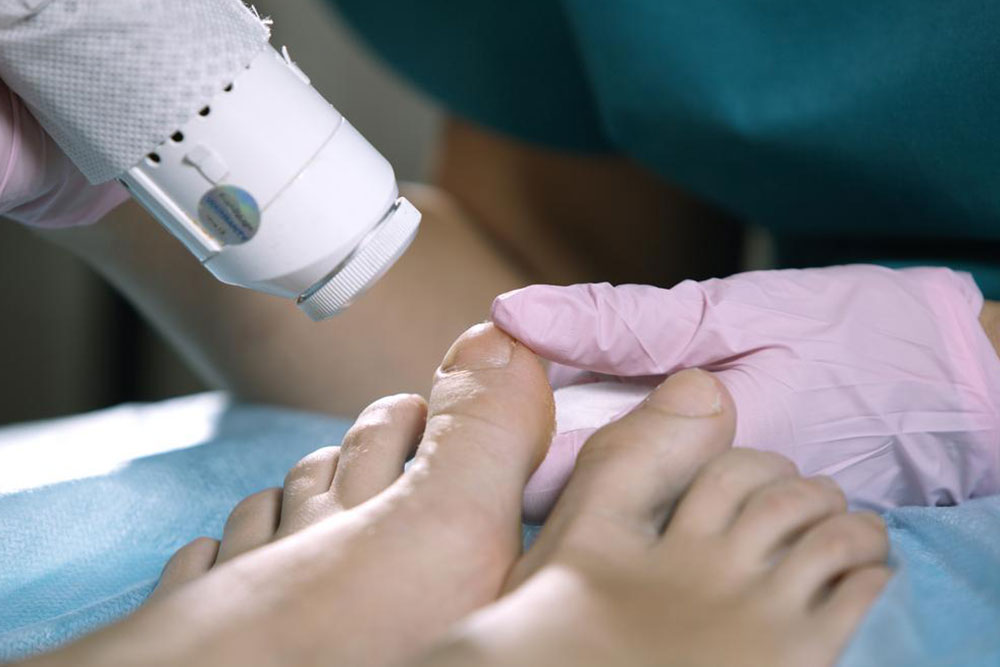Top 5 Skin Fungal Infections You Should Know
Explore the top five common fungal skin infections including athlete’s foot, jock itch, candidiasis, pityriasis versicolor, and ringworm. Learn about symptoms, causes, risk factors, and prevention strategies to protect your skin from these contagious fungi. Healthy hygiene practices and awareness can significantly reduce infection chances and help maintain skin health.

Top 5 Skin Fungal Infections You Should Know
Fungal infections frequently target the skin, especially in warm, moist environments. These fungi feed on keratin, which is abundant in skin, hair, and nails. Sweating excessively or being in public spaces such as pools, locker rooms, or showers increases exposure risk. Not changing socks or not airing out shoes can promote fungal growth. Additionally, antibiotic treatment may weaken beneficial bacteria, making the skin more vulnerable to fungi. Maintaining good hygiene and avoiding prolonged moisture contact are essential in preventing these common infections.
Fungal skin infections are more likely if hygiene is neglected and hygiene practices are poor. Antibiotics can also contribute by killing beneficial bacteria that protect against fungi. Here are some common fungal infections:
Athlete’s Foot: Known as tinea pedis, this affects feet and toenails with symptoms like peeling, cracking, blisters, redness, and itching. The skin may soften or break down.
Jock Itch: Or tinea cruris, appears in the groin and inner thighs with redness, chafing, and circular red rashes with raised edges, often itchy.
Candida: Caused by yeast, it results in rashes, pimples, pus-filled patches, and itchiness in infected areas. It thrives under suitable conditions in the body.
Pityriasis Versicolor: Also called tinea versicolor, causes non-itchy, reddish-brown patches, leading to skin discoloration mostly in adults and teens.
Ringworm: Or tinea corporis, manifests as circular red sores anywhere on the body, thriving in heat and humidity, and is highly contagious.









